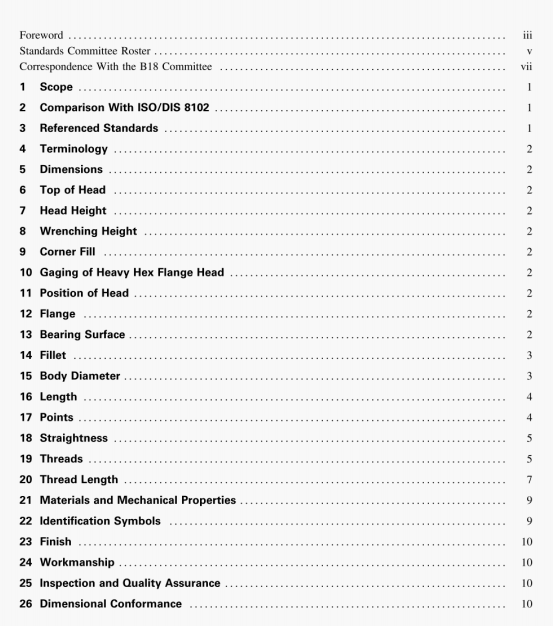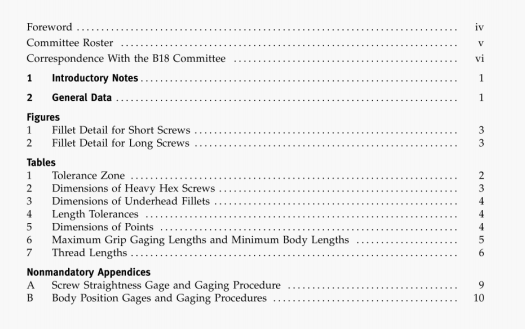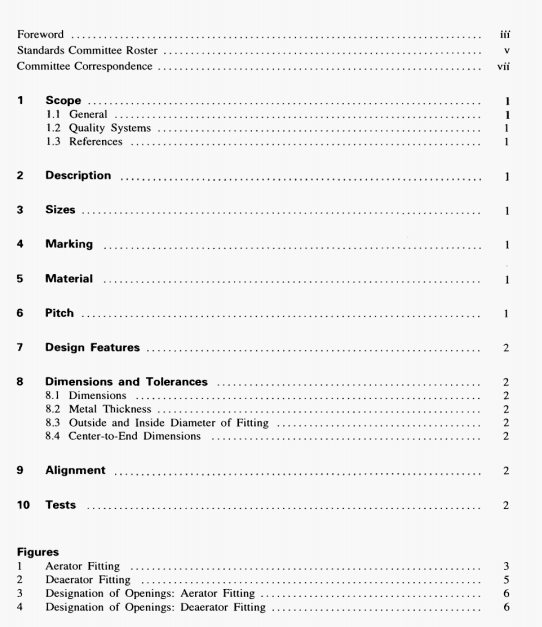Abstract: ASME PTC 12.1:2015 pdf download.Closed Feedwater Heaters. The liquid-level controller set point shall be lowered in step increments of approximately 1 in. until the drain outlet temperature increases noticeably. Each step increment shall be...
ASME PTC 12.1:2015 pdf download.Closed Feedwater Heaters.
The liquid-level controller set point shall be lowered in step increments of approximately 1 in. until the drain outlet temperature increases noticeably. Each step increment shall be held for 5 mm or until the drain temperature is stabilized prior to recording
the heater drain outlet temperature The DCA is then calculated and plotted as a lunction of the internal liquid level. This
procedure is repeated until the DCA shows a sharp upward break with a rapid increase in drain outlet tempera lure.
Conversely, ii the DCA is noticeably high prior to starting the test, the opposite approach is taken. The water level is increased in 1-in, increments, drain outlet temperature is allowed to stabilize, and the “DCA vs. internal heater liquid level” cunre is
once again plotted.
The overall plot of ‘DCA vs. heater internal liquid level” should resemble the shape of the curve depicted in Fig. 3-3.2-1
(Linley, 1983). The optimum liquid level is determined by finding the “knee break” of the curve and adding an appropriate safety factor. For horizontal heaters, this is typically a minimum of 2.0 in. of liquid level to establish a safe normal operating level set point to prevent steam entering the drain cooling zone, lithe optimum level plus the safety factor (2.0 in.) is lower than the manufacturer’s level mark, further evaluation of the level to be set during the test should be made, including discussing the
discrepancy with the manufacturer’s representative. This margin above the minimum level controller set point provides an internal liquid level that may withstand some fluctuations while not exposing the entrance to the drain cooling zone. This final liquid
level controller set point shall be constant throughout the duration of the test.
The methodology in the above paragraph may also be used for vertical channel down heaters. In this configuration, the optimum set
point is more closely related to the height of the drain cooling zone, Since vertical heaters typically have a smaller amount of
liquid capacitance for level control, they are more sensitive to level swings. Consequently a larger safety factor, typically a
minimum of 5.0 in. is added above the height of the drain cooling zone as the optimim level set point.
Recommended:
ASME Y14.1-2020 pdf download ASME A112.1.2:2012 pdf download ASME 14414:2015 pdf download ASME 30.9:2021 pdf download



